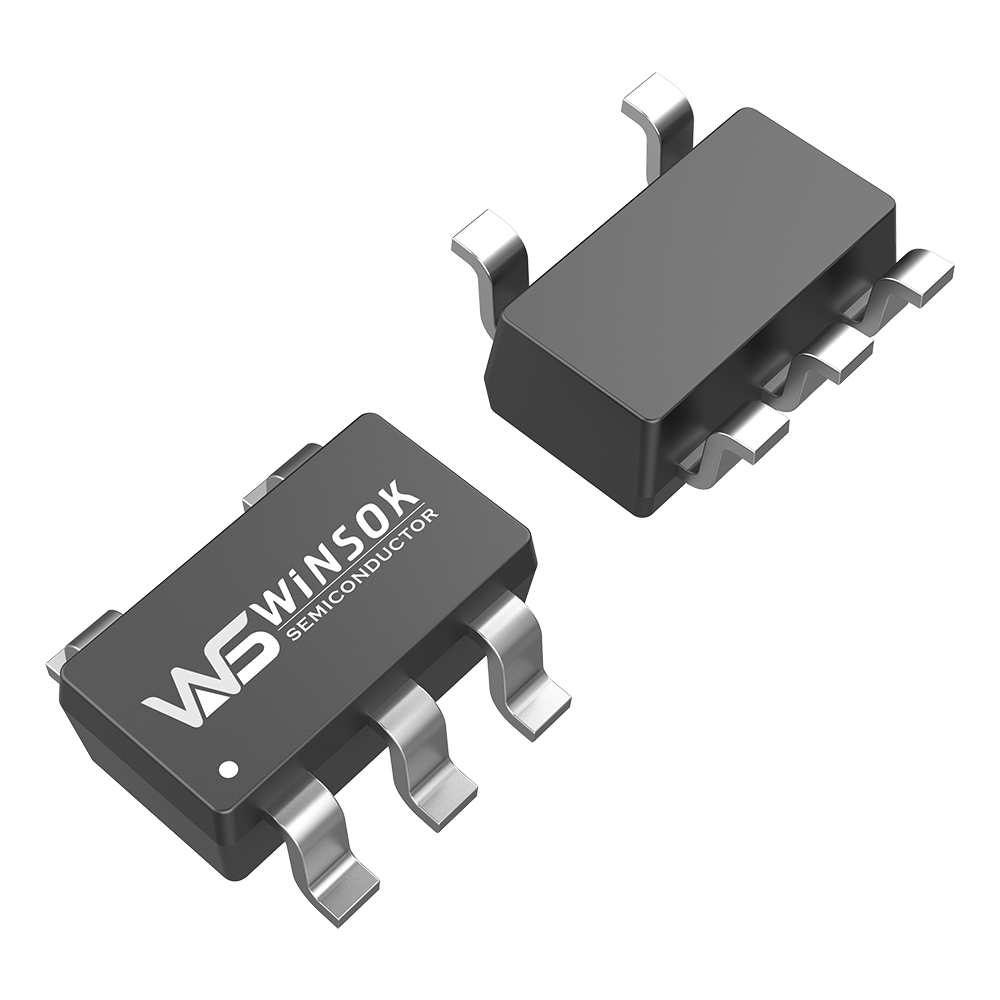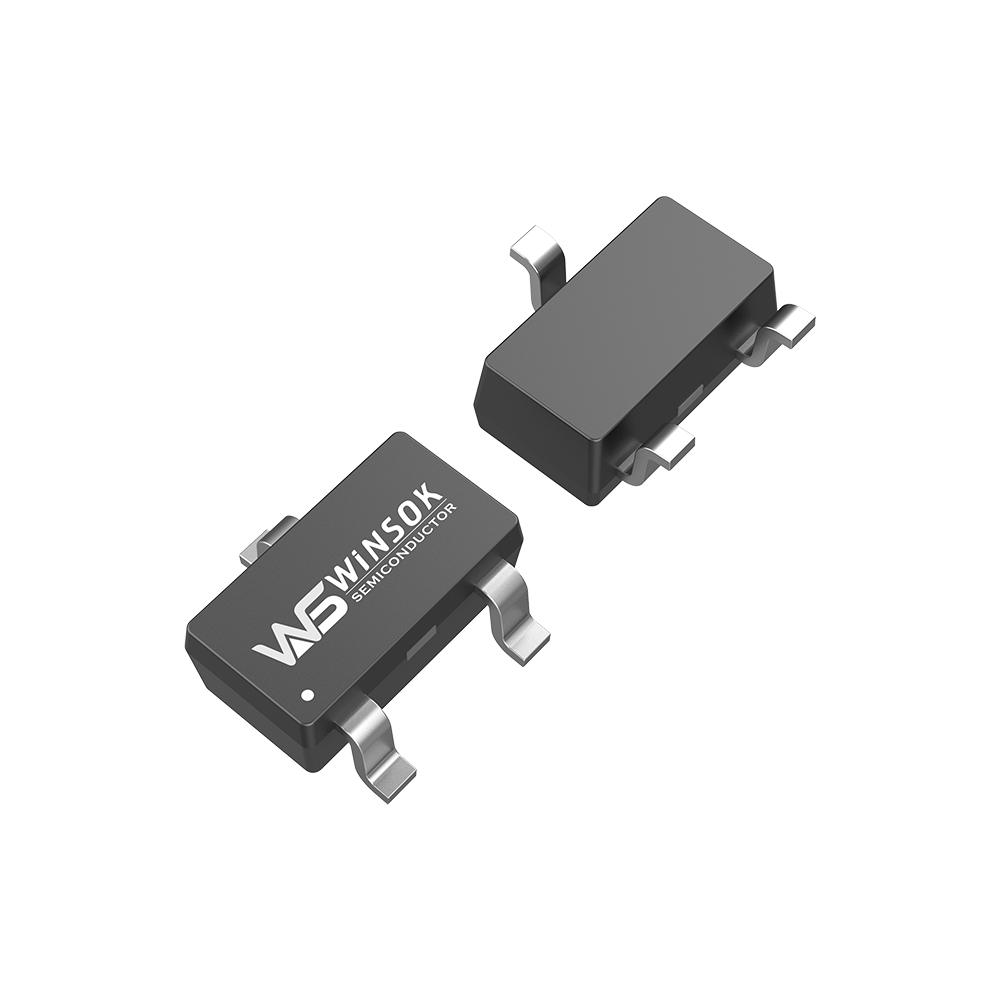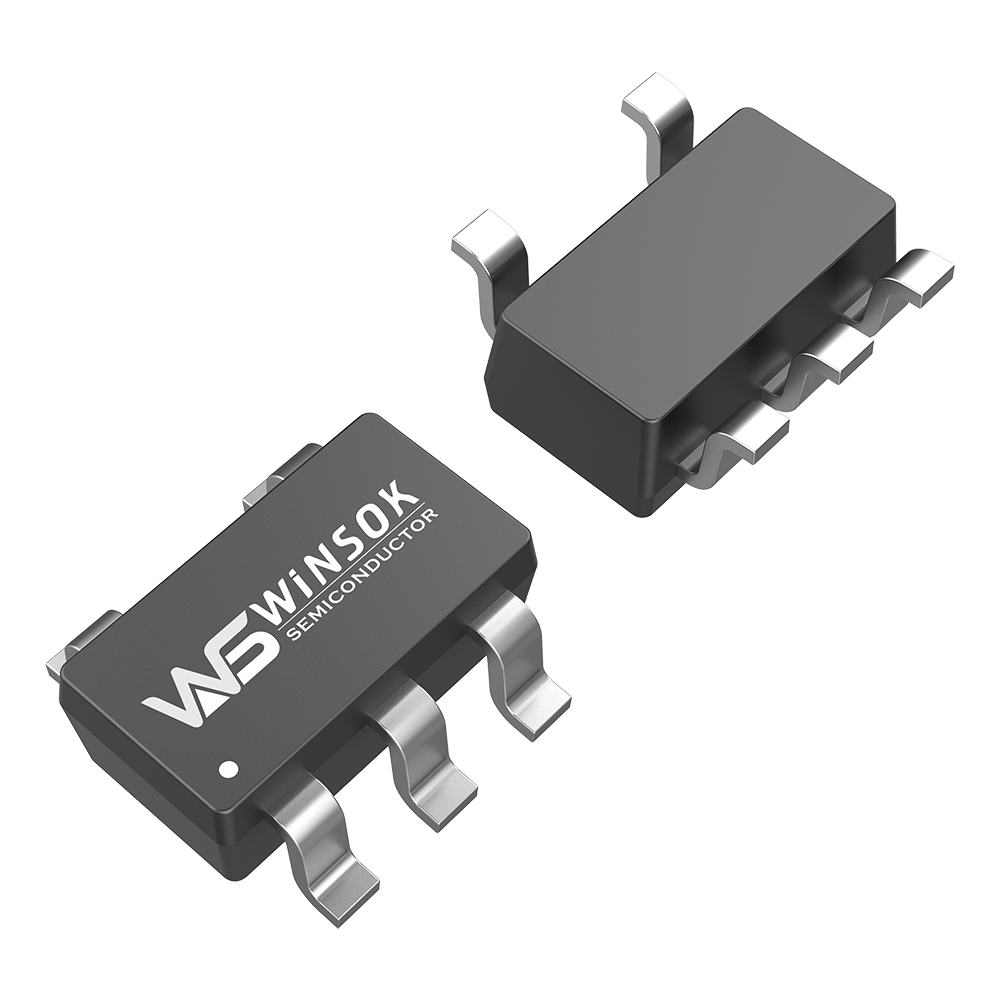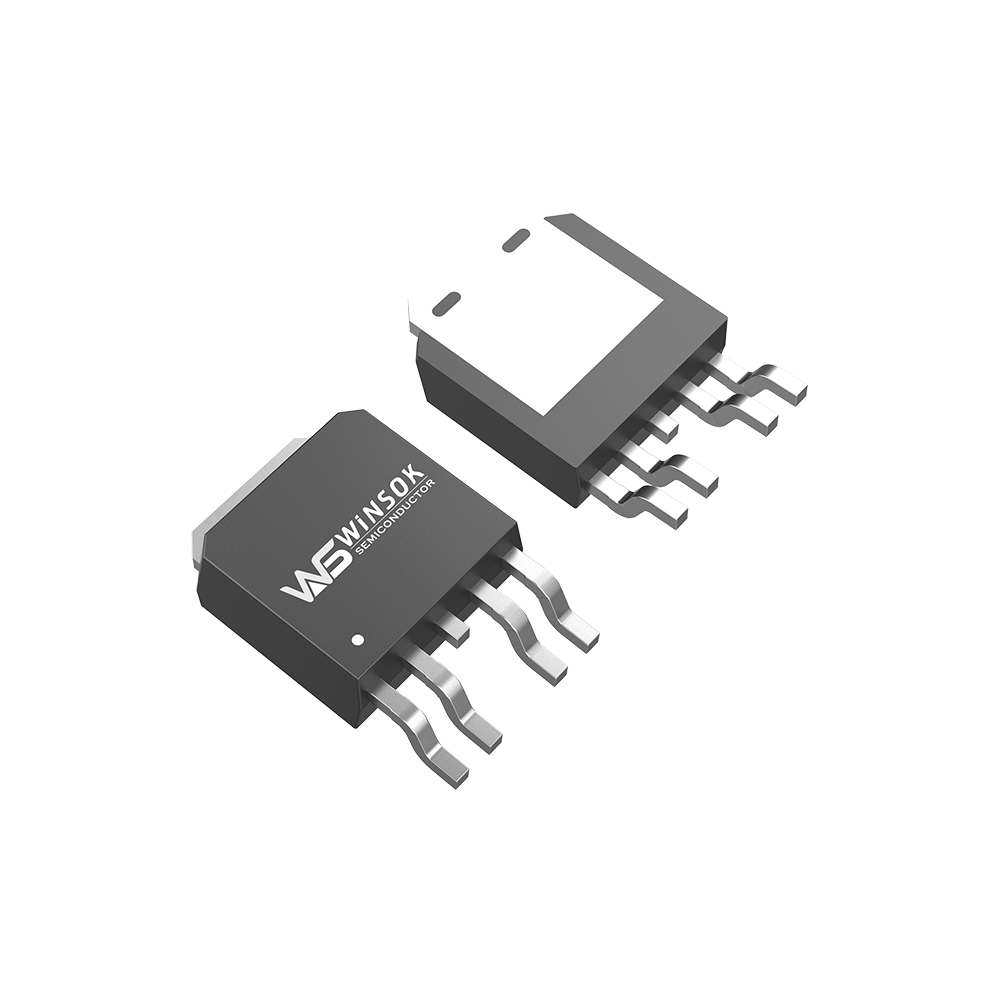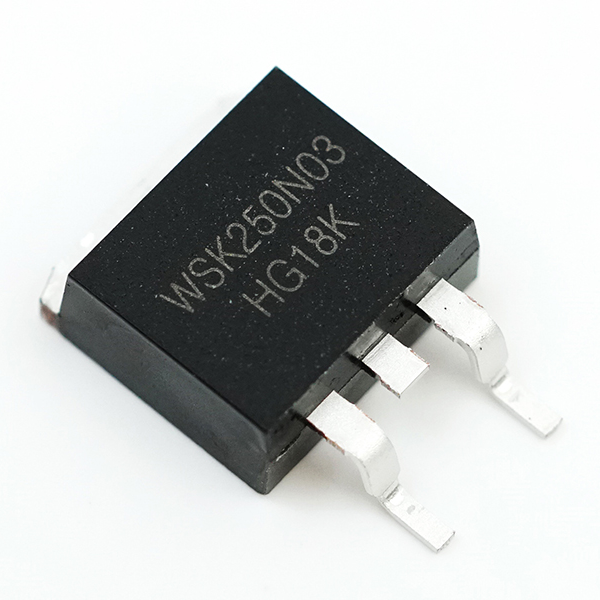Today on the commonly used high-power MOSFET to briefly introduce its working principle. See how it realizes its own work.
Metal-Oxide-Semiconductor that is, Metal-Oxide-Semiconductor, exactly, this name describes the structure of the MOSFET in the integrated circuit, that is: in a certain structure of the semiconductor device, coupled with silicon dioxide and metal, the formation of the gate.
The source and drain of a MOSFET are opposable, both being N-type zones formed in a P-type backgate. In most cases, the two areas are the same, even if the two ends of the adjustment will not affect the performance of the device, such a device is considered symmetrical.
Classification: according to the channel material type and insulated gate type of each N-channel and P-channel two; according to the conductive mode: MOSFET is divided into depletion and enhancement, so MOSFET is divided into N-channel depletion and enhancement; P-channel depletion and enhancement of four major categories.
MOSFET principle of operation - the structural characteristics of MOSFET it conducts only one polarity carriers (polys) involved in the conductive, is a unipolar transistor. Conducting mechanism is the same as the low-power MOSFET, but the structure has a big difference, low-power MOSFET is a horizontal conductive device, most of the power MOSFET vertical conductive structure, also known as the VMOSFET, which greatly improves the MOSFET device voltage and current withstand capability. The main feature is that there is a layer of silica insulation between the metal gate and the channel, and therefore has a high input resistance, the tube conducts in two high concentrations of n diffusion zone to form an n-type conductive channel. n-channel enhancement MOSFETs must be applied to the gate with forward bias, and only when the gate source voltage is greater than the threshold voltage of the conductive channel generated by the n-channel MOSFET. n-channel depletion type MOSFETs are n-channel MOSFETs in which conducting channels are generated when no gate voltage is applied (gate source voltage is zero).
The principle of operation of the MOSFET is to control the amount of "induced charge" by using VGS to change the condition of the conductive channel formed by the "induced charge", and then to achieve the purpose of controlling the drain current. In the manufacture of tubes, through the process of insulating layer in the emergence of a large number of positive ions, so in the other side of the interface can be induced more negative charge, these negative charges to the high penetration of impurities in the N region connected to the formation of a conductive channel, even in the VGS = 0 there is also a large leakage current ID. when the gate voltage is changed, the amount of charge induced in the channel is also changed, and the conductive channel width and narrowness of the channel and change, and thus the leakage current ID with the gate voltage. current ID varies with the gate voltage.
Now the application of MOSFET has greatly improved people's learning, work efficiency, while improving our quality of life. We have a more rationalized understanding of it through some simple understanding. Not only will it be used as a tool, more understanding of its characteristics, the principle of work, which will also give us a lot of fun.







